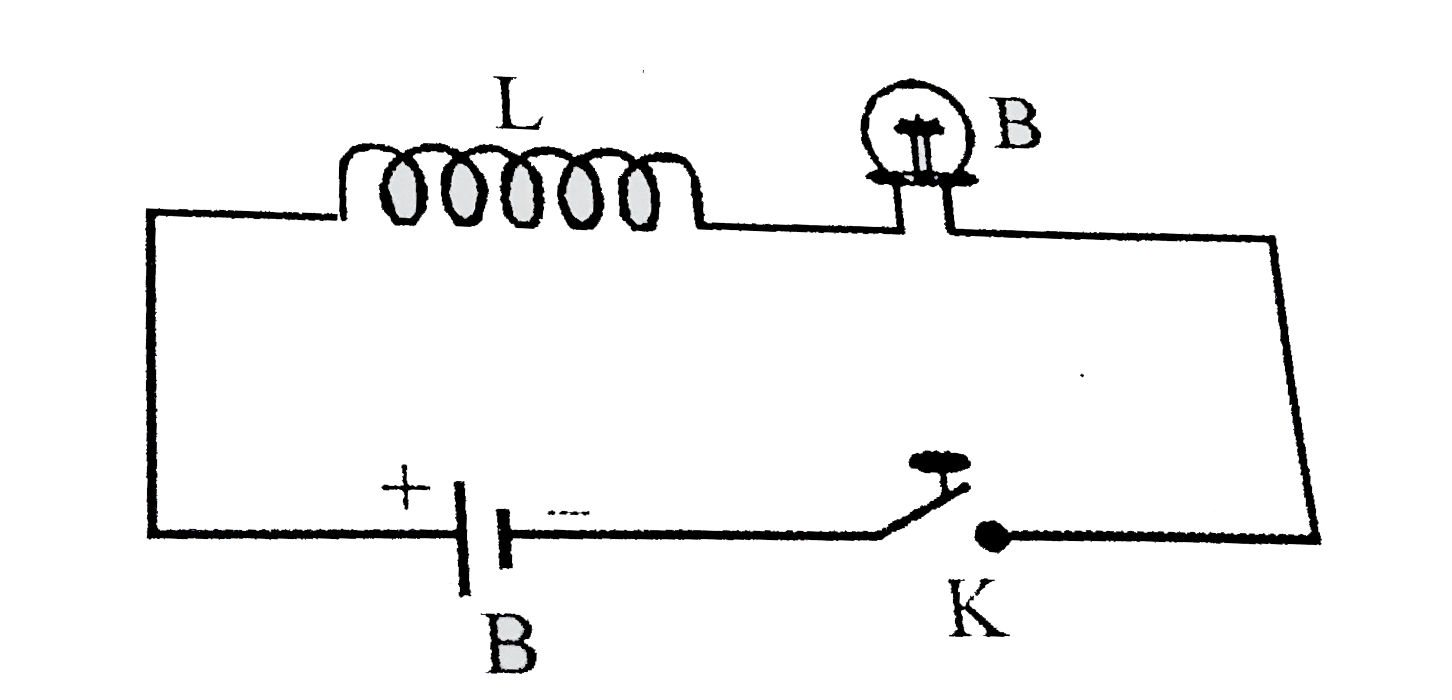In a parallel circuit of bulbs
Same current exists in all the bulbs
Same voltage exists in all the bulbs
Failure of any bulb leads to a break down in the circuit
All of above
Step-by-Step Solution:
1. Understanding the Parallel Circuit: In a parallel circuit, multiple components (like bulbs) are connected across the same two points of the circuit. This means that each component has the same voltage across it.
2. Identifying the Voltage: In a parallel circuit, the voltage across each bulb is the same as the voltage of the power source. This is because there are multiple paths for the current to flow, and each path experiences the same potential difference.
3. Current Distribution: While the voltage is the same across all bulbs, the current flowing through each bulb can vary. The total current in the circuit is the sum of the currents flowing through each individual bulb.
4. Effect of Bulb Failure: If one bulb in a parallel circuit fails (burns out), the other bulbs will continue to operate. This is a key advantage of parallel circuits compared to series circuits, where a failure in one component can break the entire circuit.
5. Conclusion: Therefore, in a parallel circuit of bulbs:
- Same voltage exists across all bulbs.
- Current may vary through each bulb.
- Failure of any bulb does not lead to a breakdown of the circuit.
Answer to the Question:
The correct option regarding the characteristics of a parallel circuit of bulbs is that the same voltage exists in all the bulbs.
- Same voltage exists across all bulbs.
- Current may vary through each bulb.
- Failure of any bulb does not lead to a breakdown of the circuit.
The correct option regarding the characteristics of a parallel circuit of bulbs is that the same voltage exists in all the bulbs.
Topper's Solved these Questions
- ELECTRIC CURRENT AND ITS EFFECTSBOOK - BEIITIANSCHAPTER - ELECTRIC CURRENT AND ITS EFFECTSEXERCISE - CONCEPTIVE WORKSHEET
31 Videos
- ELECTRIC CURRENT AND ITS EFFECTSBOOK - BEIITIANSCHAPTER - ELECTRIC CURRENT AND ITS EFFECTSEXERCISE - SUMMATIVE WORKSHEET
23 Videos
- HEATBOOK - BEIITIANSCHAPTER - HEATEXERCISE - IIT JEE Worksheet (V. Matrix Matching)
4 Videos
Similar Questions
What happens to the other bulbs in a parallel circuit if one bulb blows off?
View SolutionTen bulbs are connected in a series circuit to a power supply line. Ten identical bulbs are connected in a parallel circuit to an identical power supply line.
(a) Which circuit would have the highest voltage across each bulb?
(b) In which circuit would the bulbds be brighter?
(c) In which circuit. if one bulb blows out, all others will stop glowing?
(d) Which circuit would have less current in it?
View SolutionThe two electric bulbs of same power are connected in parallel circuit. If one bulb is glowing and then another bulb is switched on, then brightness of the first bulb increases, decreases or remians unchanged. Expalin.
View SolutionWhat happens to the other bulbs in a series circuit if one bulb blows off?
View SolutionAssertion : An electric bulb becomes dim, when an electric heater in parallel circuit is switched on.
Reason : Dimness decreases after sometime.
View SolutionWhy an electric bulb becomes dim when an electric heater in parallel circuit is switched on? Why dimness decreases after some time?
View SolutionWhy does an electric bulb become dim when an electric heater in parallel circuit is switched on? Why does dimness decrease after sometime?
View SolutionIn the circuit of Fig, the bulb will become suddenly bright if

View SolutionRaju bought five similar bulbs and connected them with two cells to construct an electric circuit. The given figure shows the circuit constructed by Raju.

In the given circuit, the bulbs that would not glow are
View SolutionRaju bought five similar bulbs and connected them with two cells to construct an electric circuit. The given figure shows the circuit constructed by Raju.

In the given circuit, the bulbs that would not glow are
View Solution
